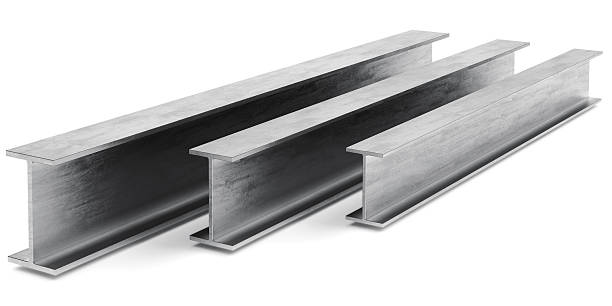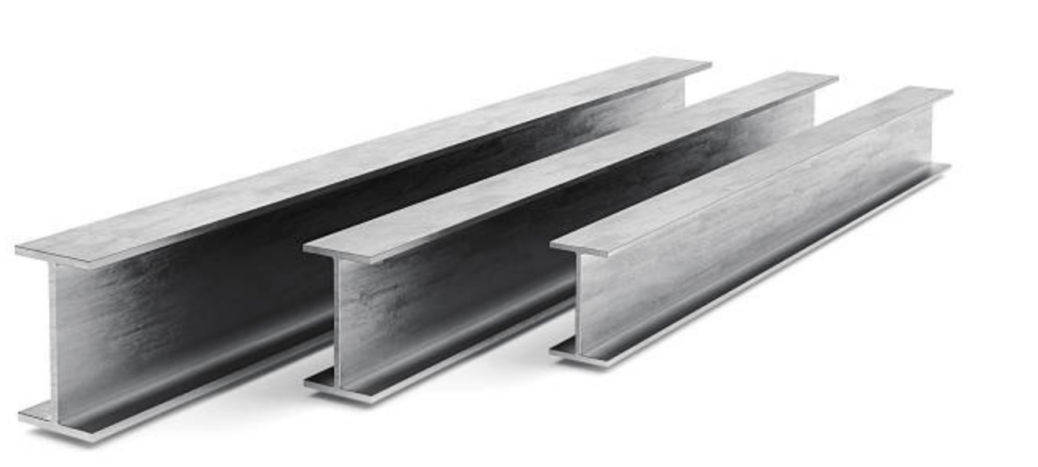I beam is a shape of structural steel used in buildings and it is also known as H, W, wide, universal beam, or rolled joist. They are designed to play a key role as a support member in structures. These beams have the capacity to withstand various types of loads.

Its name was given so because of the resemblance of its cross-section to the letter I. These beams are frequently utilized to form beams and columns in a variety of dimensions and specs. It is crucial for civil engineers and foremen to understand the importance of I beams in steel structures.
Design of an I Beam
An I beam is designed by using two long-drawn-out planes called flange, connected by a perpendicular component called web. The whole body of this structural member has an I or H-shaped cross-section. Alongside the steel, beams made out of aluminum alloys and low alloy steels also exist to be used for different purposes such as bridges, building frames, etc.
I beams are produced in various dimensions, thicknesses, widths, and other specs for various applications. Customers classify this kind of beam according to their material type and sizes. For instance, a 12-inch in-depth and 20 pounds/foot in weight beam is specified as 12×20. Contractors select appropriate dimensions of beams for their project’s needs. When decisions are being made, the following factors should be considered:
- Deflection. The thickness should be adequate enough for minimizing the deflection.
- Vibration. As little vibration as possible should be aimed when choosing. The stiffness and mass of the beam are important in this regard.
- Bending. The bulk body should be strong enough to withstand yield stresses. Otherwise bending occurs.
- Buckling. Torsional stresses cause I beam to buckle which can lead to undesired consequences. Flanges should be selected accordingly.
- Tension. Selecting an I beam with the right web thickness is vital to prevent rippling or buckling under tension.
I beams are designed to bend rather than buckle when under high load. The density of the beam is non-uniform. Regions, where the axial fibers are located, have a higher density to counterbalance the highest stress point. Beams having a small cross-section area are more ideal since less material is needed without compromising the desired shape.
Where I Beams Are Used?
I beams are intensively used in different applications of the steel construction area. Frames and vital support elements are where generally these beams are used. A strong and supportive structure is ensured with the usage of steel I beams. The usage of these beams can be economically beneficial since they reduce the necessity to use too many support components. Versatile and dependable nature makes them indispensable for every contractor and engineer.
I beams are frequently used in constructions because they are simply functional. The unidirectional bending behavior of them is one of their best unique properties. Web component is responsible for withstanding against shear stresses while flanges put resistance against bending. They are capable of meeting a variety of loads with no buckling. Since I shape does not require the usage of excessive steel, they can be considered cost-effective. There always exists a suitable type of I beam for every construction purpose. Applicability of these beams for all construction scenarios gives its famous name “universal beam” for a good reason.
You can read more about our products here


